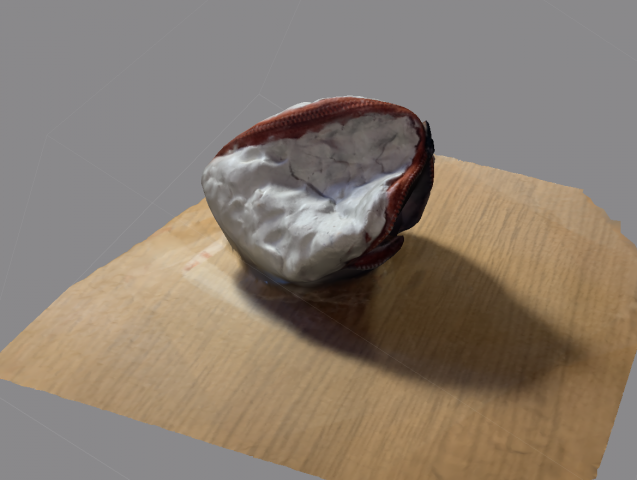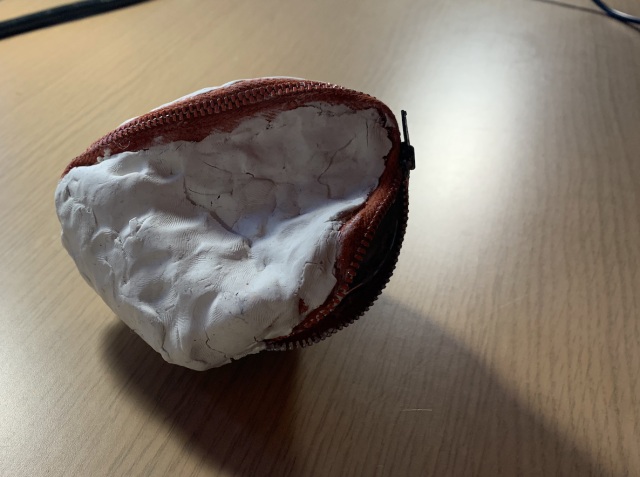The Clips camera system makes me pessimistic about human’s developing relationship with artificial intelligence. If photography is an expressive outlet, or a way to communicate perspective, what purpose does this system serve in terms of capturing humanity? We have all of these tools that let us take photos, which have been developed to be “easier” to use, but this only serves to eliminate the control that a person has over the tool (even though there is still control over where the camera is pointed, although they would probably eliminate that too if it was possible). I think a system like Clips also strengthens cognitive barriers hindering our ability to consider our senses from beyond themselves. It’s designed to deliver a product that most closely resembles how something would look if you saw it in person, so the user never has to consider the media as a result of real, physical processes, only a reflection of they expect. Not only that, but it decides what is significant content, preventing the user from having to consider what’s real that makes content significant. Thinking of the future, if everything we do is aided by artificial guides and standard parameters, what will we all be doing that’s so important to photograph beyond the state’s interest in surveillance?
The Pinterest Lens works in a similar way, and I don’t think it’s as offensive because it’s not a photography tool. It seems to serve more as a search engine that uses image data to associate concepts and things. In other words, this system would work similarly if seeing the photos was removed from the process altogether. You are pointing a device at an object or space, and finding posts about similar objects or spaces.
Bruce Sterling’s concept of future imaging as only computation is intriguing, and similarly unsettling. The implication is that this system of cloud computing is aware of the physical arrangement of matter, meaning whoever controls this system can observe any event taking place, no matter how private. It also means that they can observe people’s dreams, ideas, and feelings via the arrangement and activation of neurons in the brain. Similar things are already being implemented using machine learning to reconstruct a subject’s radiated brainwaves into the image that is being seen by the subject.




